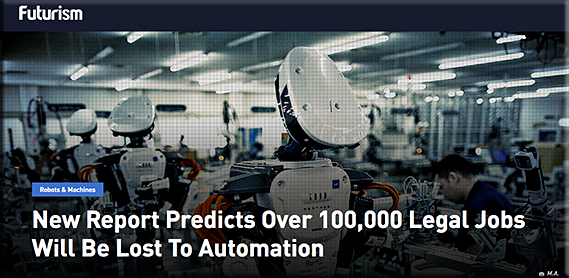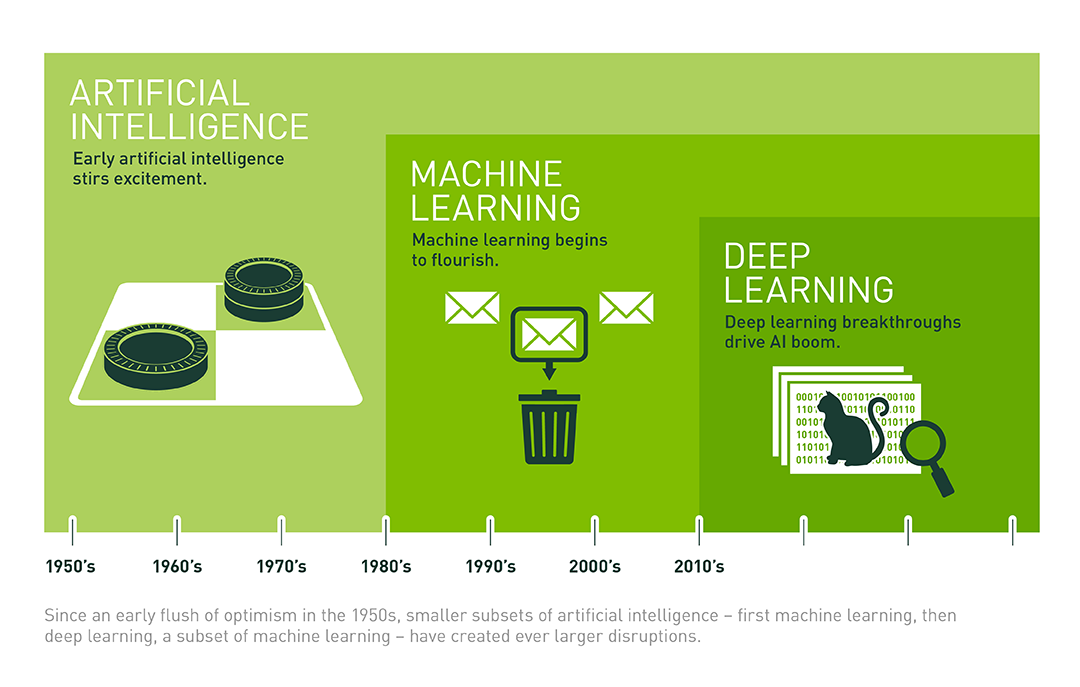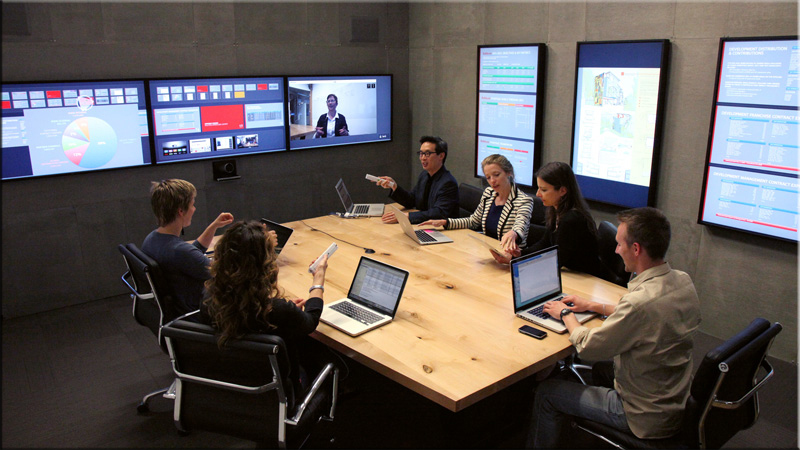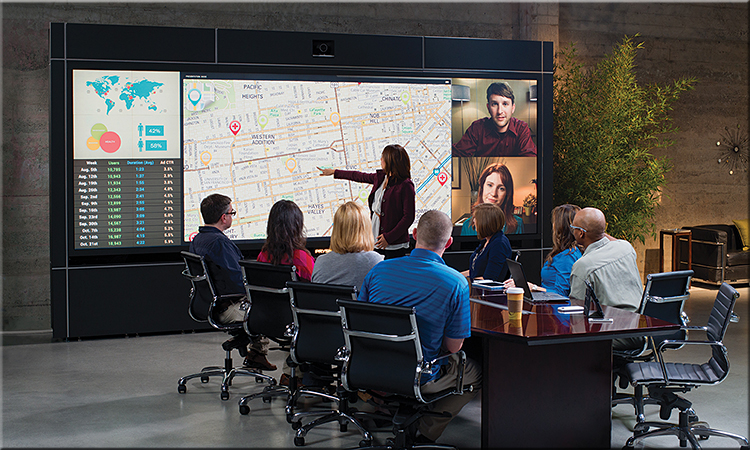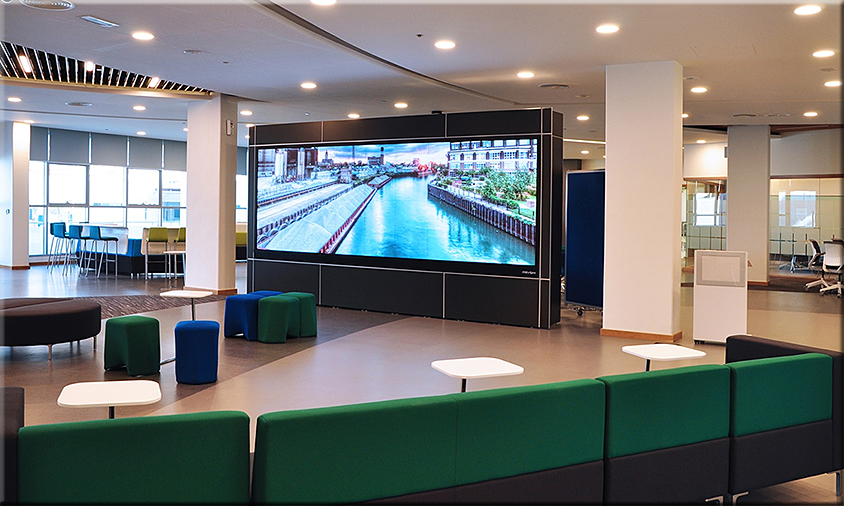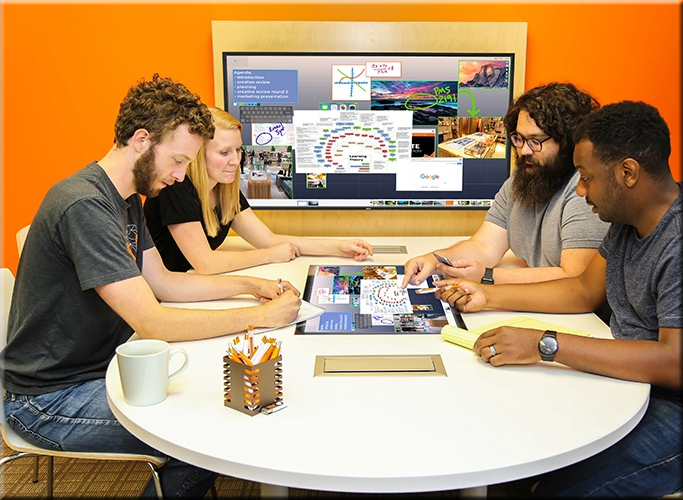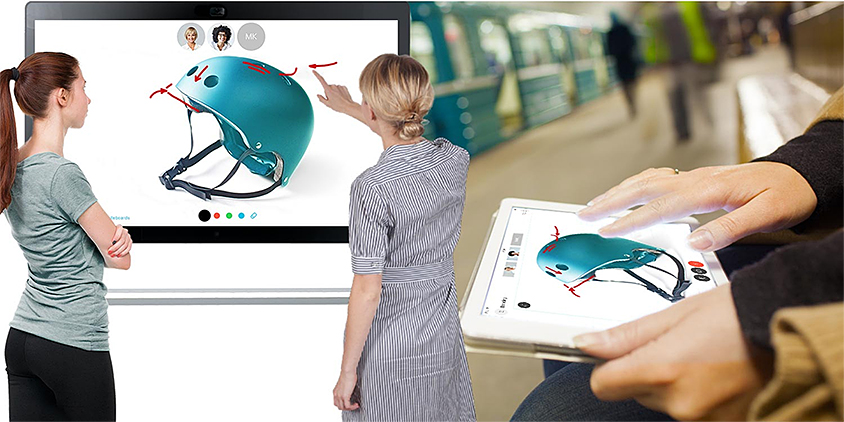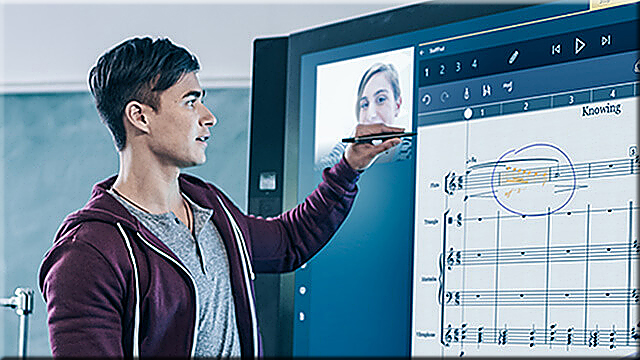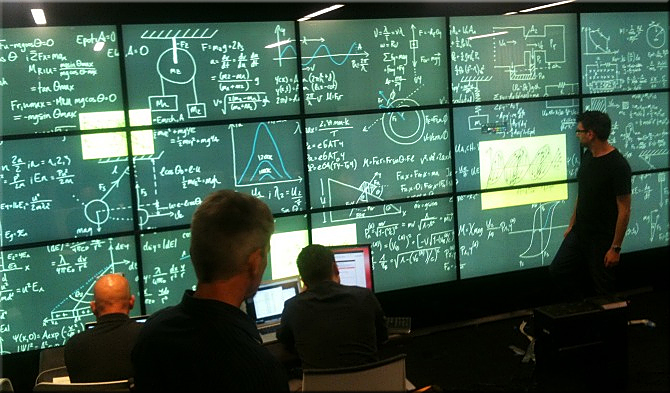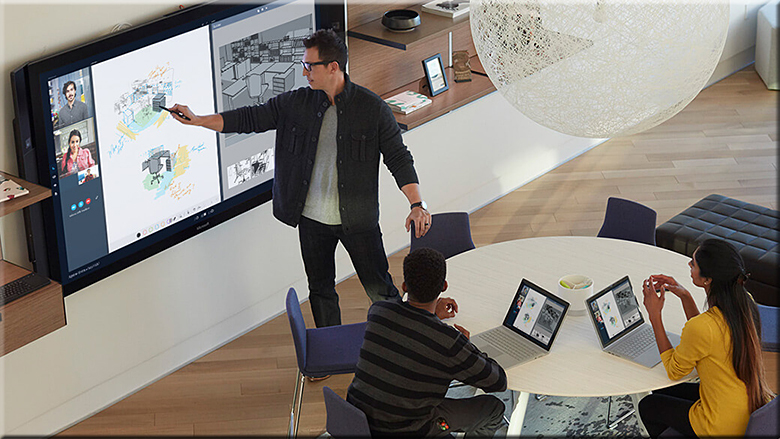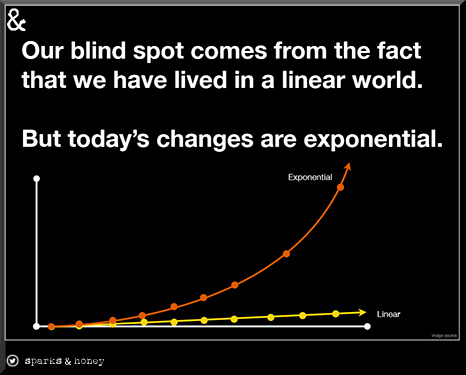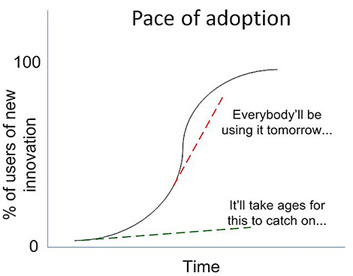A Starter Kit for Instructional Designers — from edsurge.com by Amy Ahearn
Excerpts:
A 2016 report funded by the Gates Foundation found that in the U.S. alone, there are 13,000 instructional designers. Yet, when I graduated from college in 2008, I didn’t know this field existed. Surely a lot has changed!
Instructional design is experiencing a renaissance. As online course platforms proliferate, institutions of all shapes and sizes realize that they’ll need to translate content into digital forms. Designing online learning experiences is essential to training employees, mobilizing customers, serving students, building marketing channels, and sustaining business models.
The field has deep roots in distance education, human computer interaction, and visual design. But I’ve come to believe that contemporary instructional design sits at the intersection of three core disciplines: learning science, human-centered design, and digital marketing. It requires a deep respect for the pedagogical practices that teachers have honed for decades, balanced with fluency in today’s digital tools.
…
Below are some of the lessons and resources that I wish I knew of when I first went on the job market—a combination of the academic texts you read in school along with practical tools that have been essential to practicing instructional design in the real world. This is not a complete or evergreen list, but hopefully it’s a helpful start.
So You Want to Be an Instructional Designer? — from edsurge.com by Marguerite McNeal
Excerpt:
Good listener. People person. Lifelong learner. Sound like you? No, we’re not trying to arrange a first date. These are some common traits of people with successful careers in a booming job market: instructional design.
Colleges, K-12 schools and companies increasingly turn to instructional designers to help them improve the quality of teaching in in-person, online or blended-learning environments.









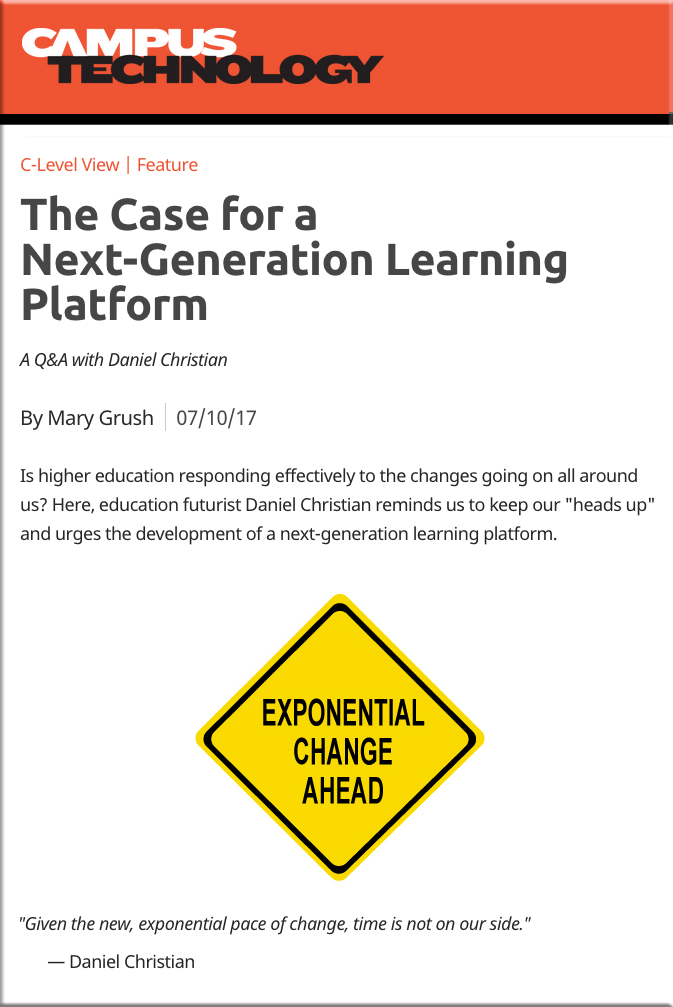
![The Living [Class] Room -- by Daniel Christian -- July 2012 -- a second device used in conjunction with a Smart/Connected TV](http://danielschristian.com/learning-ecosystems/wp-content/uploads/2012/07/The-Living-Class-Room-Daniel-S-Christian-July-2012.jpg)

